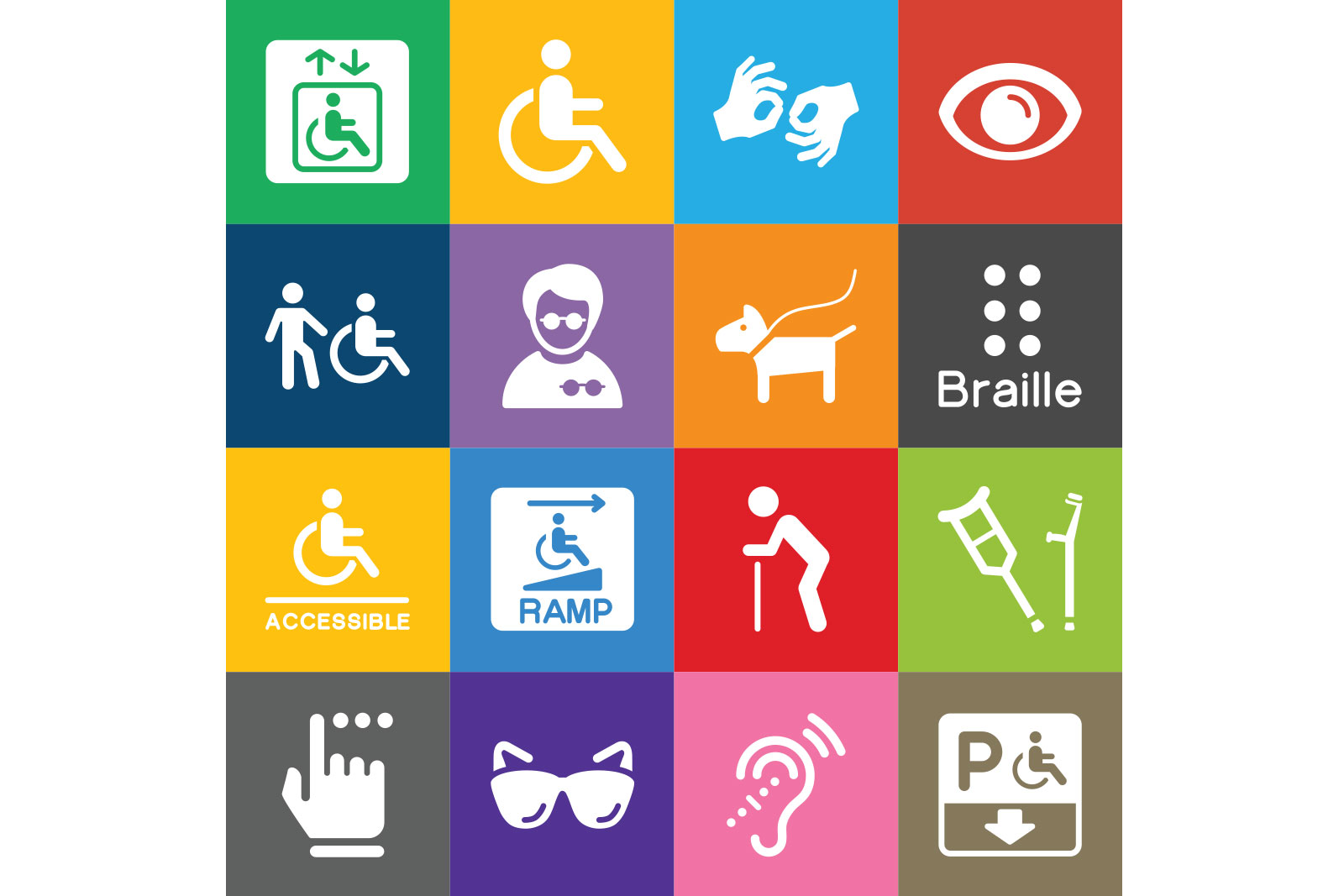By Benjamin Rempel
After a variety of life experiences, none more jarring than a major head on collision, Dawn Campbell’s philosophy is always to create inclusive and accessible environments.
“I sustained a lot of damage,” she says. “Doctors thought they would need to amputate my leg from the knee down.”
After extensive rehab to walk again, Campbell began seeing things differently. “It was an in-your- face reality check of the physical barriers that exist in society.”
Campbell is an accessibility ally—a passionate champion who works with and for the accessibility community to remove barriers and create thriving environments for all abilities. She obtained front-line work experience supporting children and adults with disabilities throughout high school and college, followed by disability and educational studies at university. She then worked for a variety of accessibility-focused organizations including the Rick Hansen Foundation and the Canadian Paralympic Committee. “I got hooked,” she says. “I’ve been blessed to work with some great organizations. Campbell now works in the digital accessibility field as an Account Manager for Equidox by Onix, partnering with clients to create accessible documents and websites. “If you build it the right way from the start then everyone can be included,” she explains. “If a program isn’t user-friendly and you then compound that with a disability … well, you can see why people feel challenged.”
Digital accessibility includes alt-text for images and the proper use of text headings for people who use screen reader technologies. Campbell compares online accessibility to built environments. “It’s smart business to build a ramp into the design from the beginning versus retrofitting it in later. It’s the same in the digital world. If you design a document with accessibility in mind, it allows all people to access your services and products.”
Haley Rae Dinnall-Atkinson knows this same principle well. She believes proper design equals inclusive design. “Disability is one of those things that affects us all; whether it’s from our past, now, or later,” she says.
An accessibility specialist focused on inclusive, accessible, and human-centred approaches; Dinnall-Atkinson studied environmental design at university. She realized she had found her passion mid-way through her degree. “Something within the accessibility field just made sense,” she says. “It combined my interest in design and people.” She explains how one needs to look beyond the brick and mortar when planning built environments. “There are so many social and community implications that insert themselves into a design. We need to be looking at what the social impacts of design are.”
She explains how we all have unconscious biases and need to take time to understand that people move through space and the world differently, depending on socio-economic status, race, gender, and visible or invisible disability. Poorly designed environments can exacerbate some of these intersectional inequalities as it relates to physical space. “The sooner we understand what accessibility means in our own lives, the sooner we can design experiences that are open to all.”
Through this work, Dinnall-Atkinson describes the importance of allyship. “Being an ally allows us to learn as much as we can,” she says. “We all bring valuable experiences. If you’re not able to lead; you can listen, support, and uplift those who are pushing forward and making change. It doesn’t take long to realize it’s a good thing to do, a fair thing to do.”
Community organizer and BALLE Fellow, Adil Dhalla, agrees. “We all lose when accessibility issues are ignored,” he says. “We all suffer.”
As board chair of a Toronto-based accessibility charity; Dhalla acts as an ally to amplify voices that often go unheard. “It’s exhausting for those with accessibility issues to explain it to others. The burden shouldn’t be carried alone, to ensure the world is more accessible,” he says. “We need to transition from feeling bad to doing something about it. Feeling bad isn’t enough.”
Dhalla describes an experience when a close friend couldn’t access a venue due to poor design. “That’s when barriers became very real to me,” he says.
Before she ends our call, Dawn Campbell describes an image of three children trying to peer over a wooden fence to watch a baseball game. In the first panel, each child is assigned one box to stand on. The image represents equality as each child has received the same support. However, one child still can’t see over the fence. In the next panel, this same child is provided two boxes and all the children can now see over the fence; an example of equity. But the third image replaces the wooden fence with chain-link, addressing the systemic barrier all-together. Now, all three children can see the baseball game without any supports or accommodations.
“It’s an example of how our environment can discriminate,” Campbell says of the image. “It’s the environment that needs adjusting, not the person. So, let’s focus on the environment!” It seems too simple. “It is,” she laughs. “Just change the fence!”
Benjamin Rempel writes about public health and social justice issues. His articles and essays have appeared in The Toronto Star, SEE Change Magazine, Streetlight Magazine, and other outlets. Contact him at linkedin.com/in/benjaminrempel














